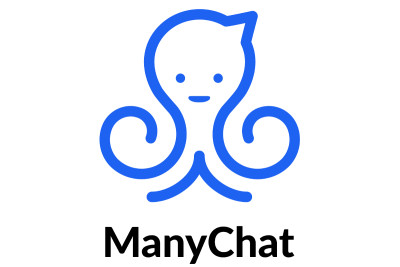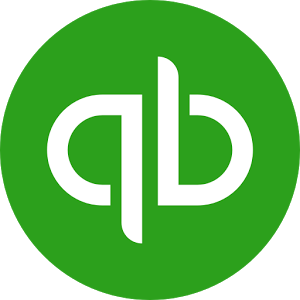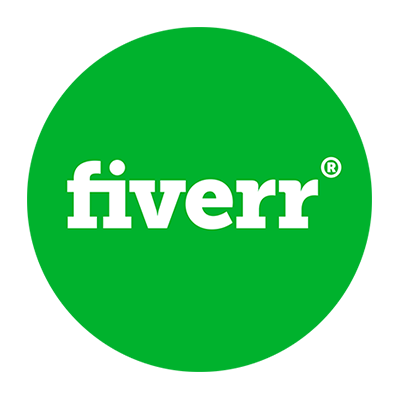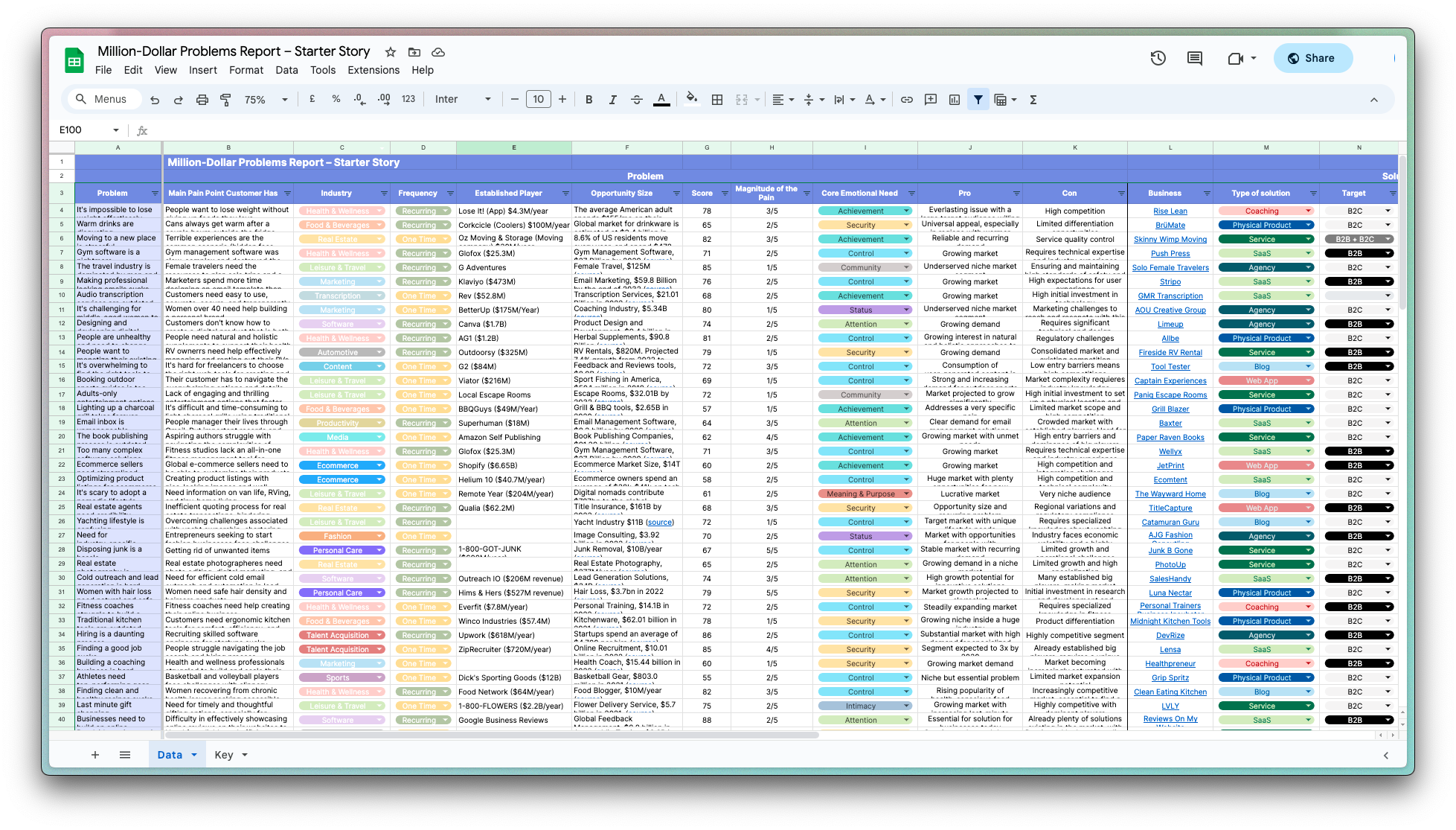How I Started A $8K/Month In-Home Pet Care Service
Hello! Who are you and what are you working on?
Hi readers! My name is Benny and I am the proud CEO and Founder of Hands N Paws- an in-home pet sitting and dog walking company serving pet parents in Cleveland and Columbus, Ohio.
I am working on building a pet sitting and dog walking enterprise. Through the years, my inspirations have helped me to see the potential in ANY business whose operations are structured and executed the right way (more on this later in the interview!). I am looking to create the next McDonald’s of in-home pet care, and a big feat it is! However, I’ve learned that when you put your heart and soul into what you want to accomplish, you begin to realize that the sky's the true limit.

What's your backstory and how did you get into entrepreneurship?
In 2017, I started my business by accident… quite...
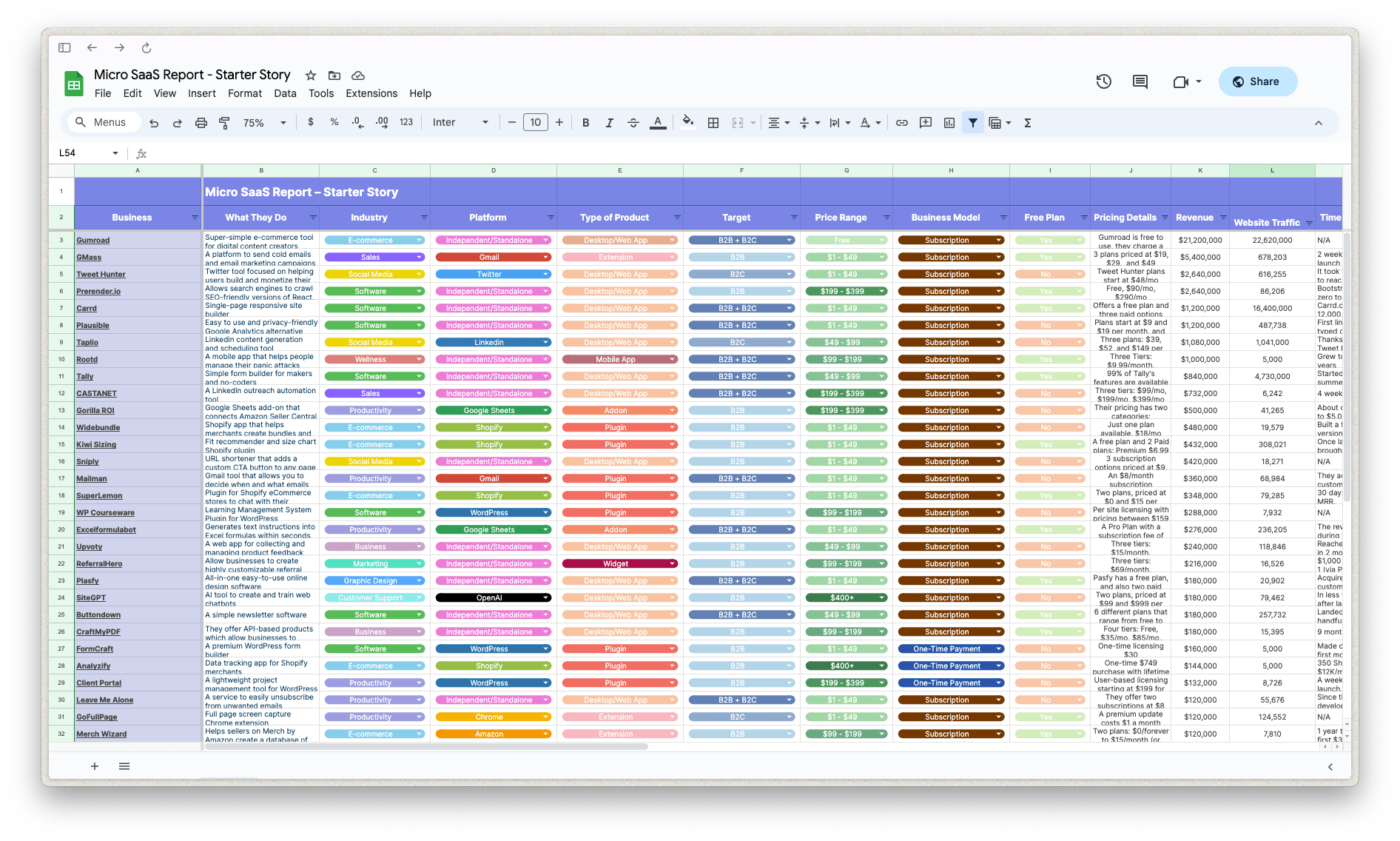
Download the report and join our email newsletter packed with business ideas and money-making opportunities, backed by real-life case studies.

Download the report and join our email newsletter packed with business ideas and money-making opportunities, backed by real-life case studies.

Download the report and join our email newsletter packed with business ideas and money-making opportunities, backed by real-life case studies.

Download the report and join our email newsletter packed with business ideas and money-making opportunities, backed by real-life case studies.

Download the report and join our email newsletter packed with business ideas and money-making opportunities, backed by real-life case studies.

Download the report and join our email newsletter packed with business ideas and money-making opportunities, backed by real-life case studies.

Download the report and join our email newsletter packed with business ideas and money-making opportunities, backed by real-life case studies.

Download the report and join our email newsletter packed with business ideas and money-making opportunities, backed by real-life case studies.




